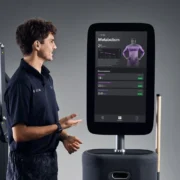Behind closed doors at Boston’s Ritz Carlton, UBS analysts pressed C-suite executives from Oura, Noom, Eight Sleep and many more on what’s coming next in the booming fitness and wellness industry
On a rainy day in Boston this month, the Ritz-Carlton turned into a war room for the fitness and wellness economy, where industry heavyweights and new contenders across sleep, activewear, recovery tech and digital coaching traded blunt takes on what’s next for fitness and health.
Three themes cut through every conversation at the UBS Athletic Training and Lifestyle Innovation Day: personalization, recovery and community.
While execution looks very different depending on whether you’re crafting the next big thing in running sneakers, behavior-change apps or even obstacle courses, one thing is clear: the global wellness market (valued at $2 trillion by McKinsey & Company) is intent on making its mark, improving lives and tackling gaps left by traditional healthcare.
So how are brands and founders putting these themes into play? And, more importantly, what’s next? ATN breaks down what we learned across supplements, activewear, recovery and sleep:
A New Way to Approach Supplements & GLP-1s
WellWithAll, a supplement and clean-label energy drink brand co-founded and led by Demond Martin, is building its brand around the idea of generational wellness and calling out inequities that are rarely discussed in the industry.
Martin opened with a stark data point close to home in Boston: “There’s a 23-year life expectancy gap between Back Bay and Roxbury,” two neighborhoods that are far apart in terms of socioeconomic demographics. That inequity, he said, is why the company’s mission is “generational wellness for everyone.”
Looking ahead, Martin pointed to the spending power of underserved communities as a market opportunity. “African Americans and Latinos spend $2.2 trillion every year. And unfortunately, they’ve been ignored,” he said. “We want to focus there.”
Noom, which offers members access to weight-loss medications, sharpened its identity as being more than an app for shedding pounds, but a preventive-health approach built on behavioral science. The telehealth platform recently launched a free tier for users and welcomed actress Rebel Wilson as its chief wellness ambassador.
Noom chief product officer Aaron Severs said that GLP-1s are “the medication of our lifetime” and added that the company is prescribing them with intention.
“We’re not just merchandising medication… all of our clinical programs come with a full new weight companion that includes all the psychology and behavior change so that you can actually adopt the healthy habits,” he said.
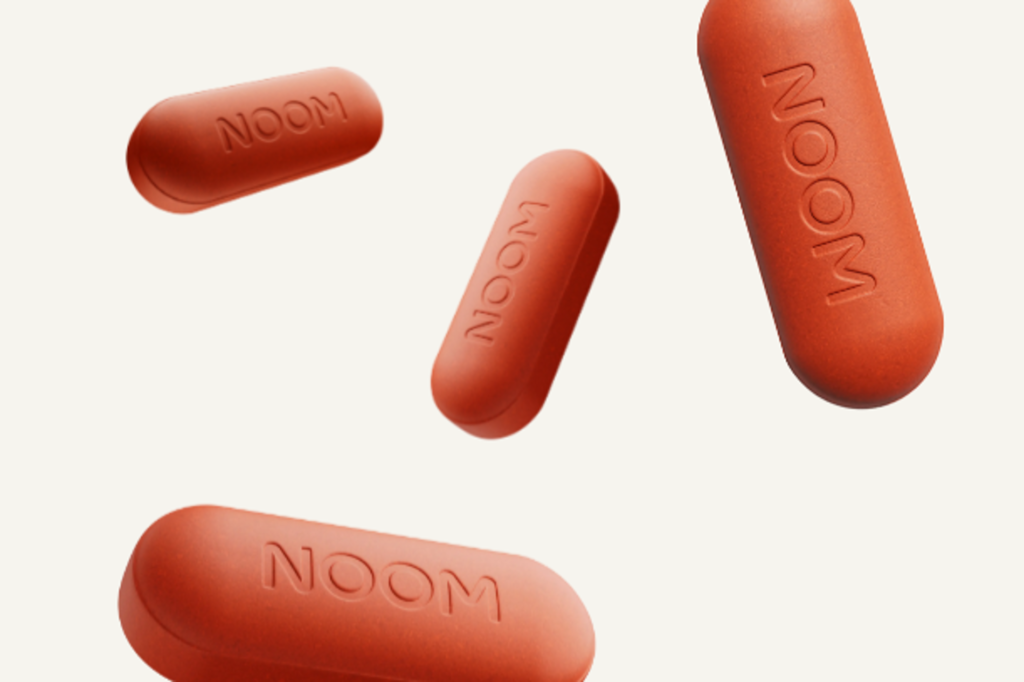
Noom says that the combination of medication and behavior support delivers measurable outcomes. Chief financial officer Jean Clifton pointed out that Noom users on GLP-1s are almost three times (2.7) more likely to achieve 10% weight loss with their approach.
Noom’s behavioral health component may also give it a leg up beyond weight management. While it wasn’t discussed at the UBS event, early research has suggested that weight-loss medications could have potential in treating other addictive behaviors, including gambling and alcoholism. If that proves out, Noom’s psychology and habit change strategy could position it to capture more than just the weight loss and longevity market.
The Gritty Side of Social Fitness
Where Noom looks to behavior science and medication, Spartan is staking its future on sweat, grit and community, according to Spartan Race founder and CEO Joseph De Sena.
“We do hard things together,” he said of the brand’s competitive course races. “You get all this fancy stuff… but the reality is, you’ve got to do the work.”
He knows there’s money in easier promises and, like Martin, he’s willing to say what others aren’t.
“It’d be much easier to sell lollipops and $30,000 hyperbaric chambers,” he joked, adding, “My friend can’t keep them (hyperbaric chambers) in stock because people think if they lay in there or turn on the red light, they’re going to sleep better. I promise you, if you come on a 24-hour bike ride with me, you’ll sleep well.”
Still, in an era where data is the ultimate validation, Spartan is investing there, too. “We’re going to take 100,000 people… do a blood test, have them live an optimal life for 200 days with a coach, an Oura ring, a 345-day membership,” De Sena said. “We’re going to prove their sleep is better, their HRV is better, they’re less depressed — if you just do the simple things my mother was saying back in the 1970s.”
Wearables & Recovery Tech Level Up
Oura may be one of the most talked-about wearables this year, as it’s reportedly eyeing a mega funding round that could value the company at a staggering $11 billion.
The smart ring maker, which is expanding into women’s health, heart health and even nutrition insights through its Dexcom partnership, has evolved into a holistic health companion, said Shyamal Patel, senior vice president of science.
Looking ahead, he said Oura is building a true AI engine, developing foundation models for health designed to connect multiple signals (from sleep, heart and glucose) into proactive insights rather than static dashboards.
Oura is also leaning hard on validation. “We have over 200 peer-reviewed publications… building credibility with the scientific community is extremely important,” Patel added.
From science labs to ring fingers to living rooms, the wellness market is broadening fast. Hyperice is proof of that shift. The tech company has pushed the recovery conversation into the mainstream with its products serving both elite athletes and everyday consumers.
In the last five years, Hyperice has sold five million units — and its latest contrast therapy product builds on its compression and massage systems.
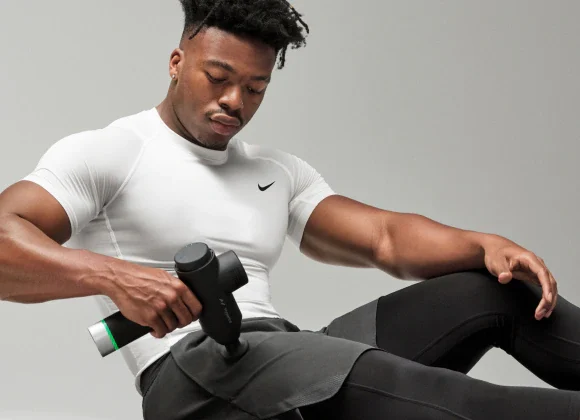
Looking forward, Hyperice chief financial officer Kristian Pearson said the company’s vision is to make pro-level recovery rituals widely accessible, whether at home, in the office or elsewhere. He also pointed to data as contributing to advancing Hyperice’s next chapter.
“The ability to see real-time, physiologically, how our products are impacting their bodies is really valuable to us,” Pearson said.
As Hyperice takes recovery mainstream, Mito Red Light wants to do the same for light therapy, making the practice as routine as taking a daily supplement. For now, the brand (and its HSA/FSA-eligible products) is chasing awareness rather than scale.
“Our goal is to really make light education about the importance of light health and to make these devices accessible to anybody,” said founder and CEO Scott Chaverri. The company has generated $75 million in lifetime revenue and projects $25 million this year, with a new narrow-band UVB product aimed at tackling vitamin D deficiency.
Chaverri stressed that awareness is often a bigger hurdle than competition. “Light is as important as food and water, but most people don’t know that,” he said. “We’re not going to outspend anyone on marketing. Our goal is to educate and build credibility with accessible devices.”
The Sleep Economy
Sleep is emerging as one of the most investable categories, analysts say, and it doesn’t take much to understand why.
As Sleep.ai CEO Colin Lawlor pointed out, deep sleep is the first domino in health. This past summer, the company secured $5.5 million in venture funding to scale its AI-powered sleep intelligence platform.
“If you don’t get enough deep sleep, you will have a hormone imbalance… your body will seek sugar, fat (and) energy, even though you can have all the willpower in the world,” he said. Without adequate rest, he added, it’s almost impossible to manage other pillars like diet or exercise.
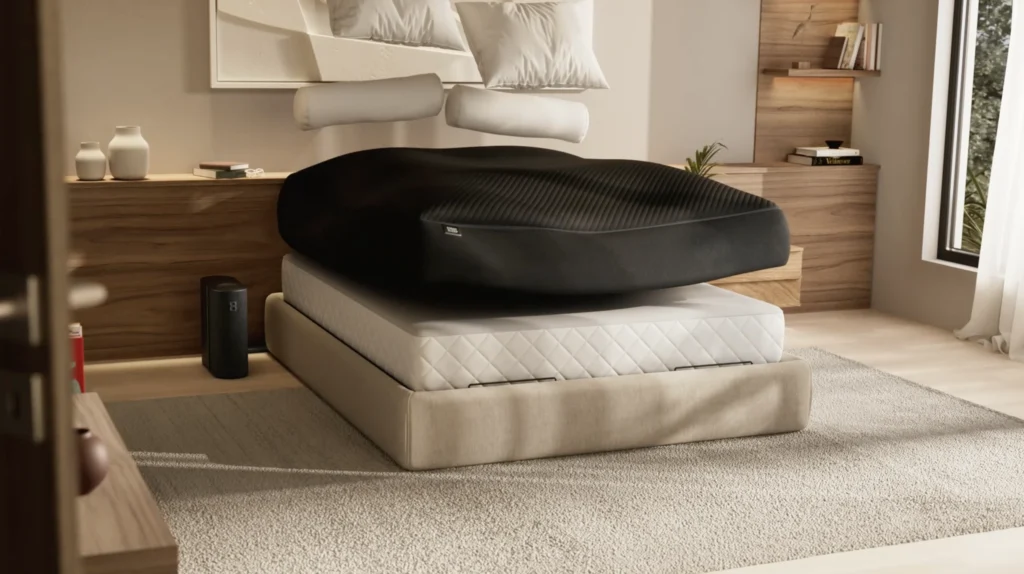
Nicole Moyen, senior director of science and research at Eight Sleep, took time to spotlight the research gaps and Eight Sleep’s investment in research to close those gaps and build more personalized sleep solutions.
“We know a lot less about women’s sleep compared to men’s sleep,” she said, pointing to under-researched areas like menstrual cycles, pregnancy and menopause. Like Sleep.ai, Eight Sleep has caught interest from investors, recently raising $100 million to accelerate its push into artificial intelligence, expand into medical applications and scale globally.
Taken together, panelists described a future where sleep moves from an afterthought (or even luxury) to a frontline health intervention.
Sneakers, Activewear & Strategy
Apparel brands Rhone and Brooks closed the day with two distinct approaches.
For Rhone, apparel is just the entry point. “Our mission is pretty simple. It is mental fitness,” chief marketing officer Bethany Evans said. The brand, which originally launched as a premium activewear brand for men, has doubled its store count over the last year, with locations offering run clubs and yoga classes often followed by sip-and-shop, sound bath or meditation experiences.
Still, Rhone knows it’s playing in a crowded market and is leaning into a growing women’s line, with new active pieces set to launch next year.
“There’s a million brands, and there’s even micro brands that are popping up… We are customer first, and we think about him (and now her) with every decision that we make,” Rhone senior director of merchandising Liz Buccolo said.
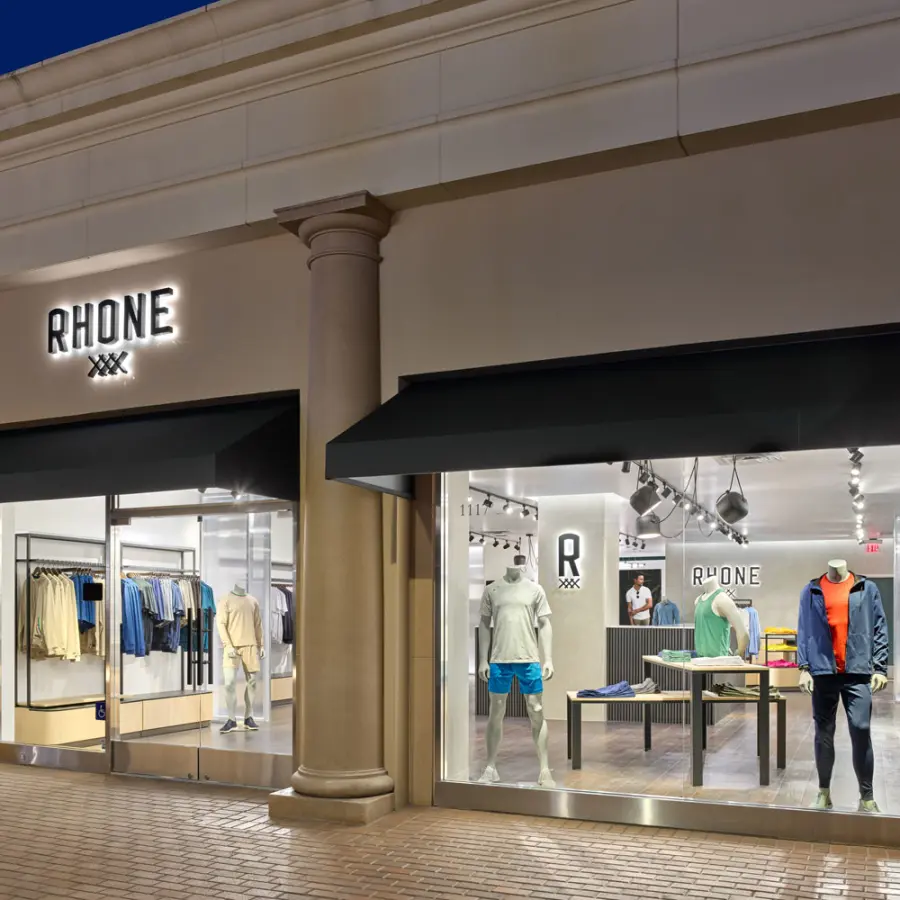
Brooks, by contrast, is hyper-focused on its original target.
“We’re a running brand. That’s all we are, that’s all we want to be,” Brooks director of footwear innovation Derek Campbell said. “We see ourselves as trying to be the best running brand, the most authentic running brand.”
That approach has paid off, with running proving resilient for decades and newcomers joining running clubs and races, with Campbell mentioning its sheer simplicity could be a draw.
Looking ahead, Brooks sees the 2028 Olympics Games in Los Angeles as a catalyst, with Campbell predicting “the flowering of technology and innovation in running shoes in the next three years.”
“It’s going to be pretty cool,” he said.
